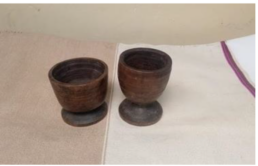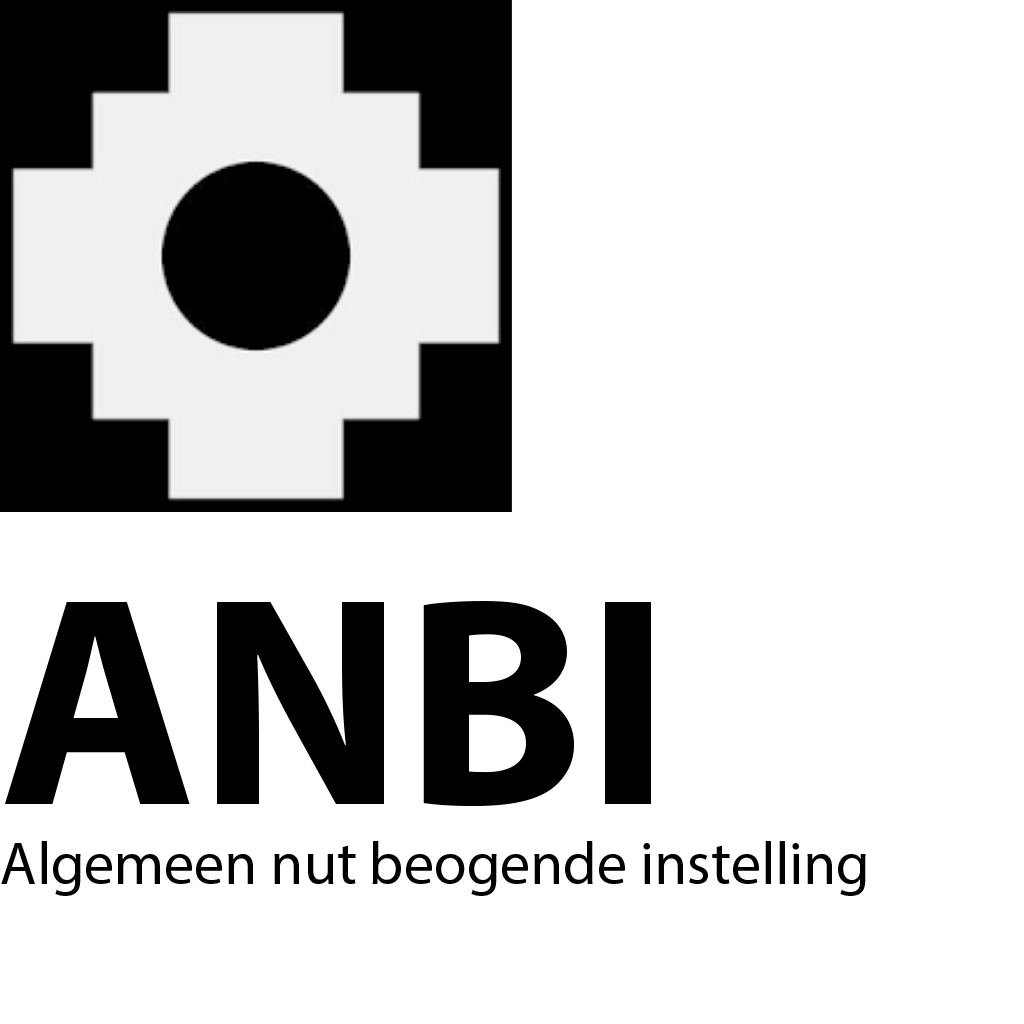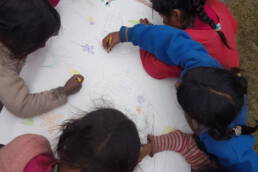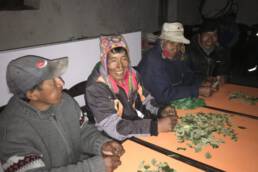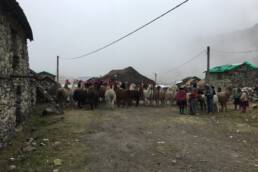Ancestral weaving from the Andes
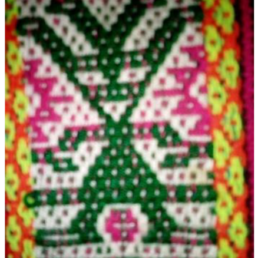
Various symbols are used in the weaving. We have further explained a number of these symbols, including an image. The weaving is not done according to a fixed pattern, but is done based on the information that comes through during the weaving.
The history: hese textiles descend from the Inca culture and have been handed down from generation to generation, from grandparents to grandchildren, continuing for generations to the present day. The textile goods represent texts or symbols and are related to our history, the cosmos, a deity or the worldview of the Andes, of the Q’eros community.
Naupa Chunchu (The Old Leader)
The representation of the Cosmos, the Founder and thus the representation of the Incas (Manco Capac and Mama Occlo), founder of the Inca Empire. Our ancestors, grandparents and our current generation dressed with these fabrics. These symbols are woven for the women (ñustas) of our Q’eros Community.
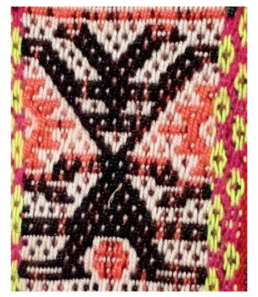
Inti Pallay (The Sun God and Founder)
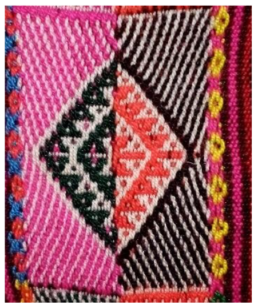
This represents the Father of all living beings, He who protects and guides His children to Peace, always accompanied by the duality, the feminine and the masculine. The four suns together represent Mother Earth. These textiles are made by the Andean women for daily use, as a dress or during sacred Andean ceremonies. They are called mantas (blankets).
Q'ero (Holy Cups)
These utensils are widely used in the Andean worldview, as they are very important for a ceremony, a sacred ritual, but also for domestic use. They have a very peculiar history. These sacred cups were made by our ancestors from the wood of a very special tree that grows in the Amazon, Haunque cerro (male) and Q’olla leche leche (female).
